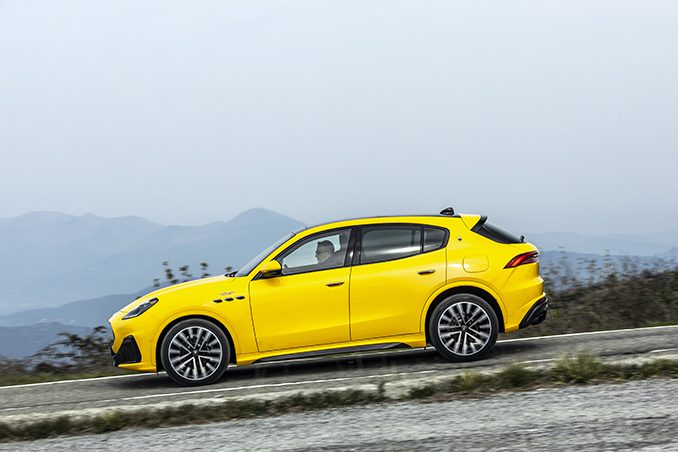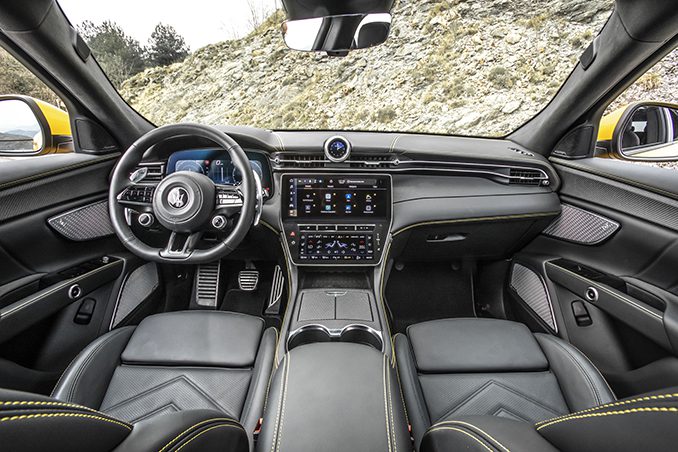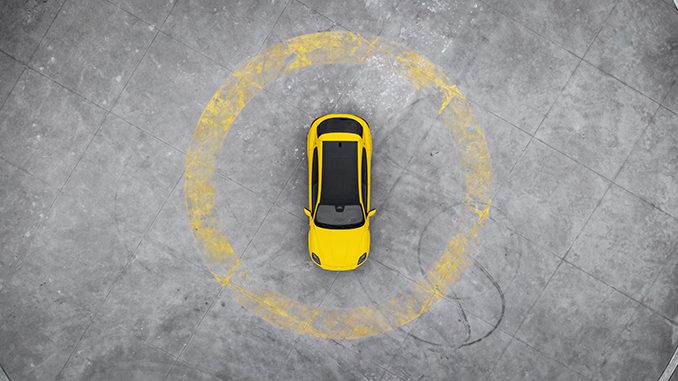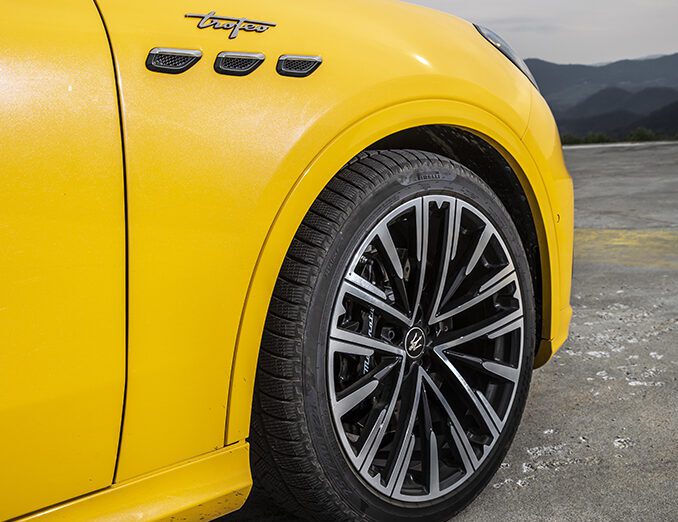MILAN — The car a person chooses, like their choice of dog, says an awful lot about them.
I’ve made this assertion before about supercars, but it holds for basically every car purchase. What car you drive tells me something about your personality, priorities, and what you want to say to the world about yourself.
Even if you don’t want to send a message, that’s a choice, and it still sends a message. We all have our stories to tell, whether you drive an old Subaru Outback or a Mazda3 hatchback, or a Porsche Macan. That’s part of what makes my test car this week, the new Maserati Grecale, so interesting.
I’m fascinated to see who buys it. The luxury compact SUV segment is booming whether you look at unit sales or simply the sheer number of different options. Car and Driver counts some 25 different models, and now we can add the Grecale to that list.
The new Grecale is built on the same Giorgio platform as Stellantis stablemates Alfa Romeo Giulia and Stelvio and the new Jeep Grand Cherokee. It goes head-to-head with segment stalwarts like the BMW X3, the Audi Q5, the Mercedes-Benz GLC, and newcomers like the fantastic Genesis GV70. It’s fair to say the Italians have their work cut out for them with the Grecale, which is probably made a touch more difficult in America thanks to a tricky-to-pronounce name: it’s gre-cà-le, the Italian word for a northeasterly Mediterranean wind.

Being Italian, design is paramount though one of the designers told me that design was secondary to performance, but I don’t think I entirely believe him. The iconic Maserati trident sits prominently in the middle of an enormous smiling grille — no question about what kind of car this is — with another high on the C-pillar. The now-iconic Maserati triple side vents sit prominently on the sculpted quarter panel, and the vehicle looks excellent from front or back.
From the side, things are less impressive because there are only so many ways to draw a compact crossover. Still, the Grecale has a sharply falling rear glass that makes a statement, and the lower rear bumper tucks tightly in from the rear wheels. It tucks so tightly that a little nub sticks out from the fender next to the rear wheel to meet regulations relating to the width of the body next to the wheel. It does make the car look better, though.
The Trofeo I drove is the best looking of the bunch, thanks to enormous wheels, brakes, an enormous rear diffuser that could come straight off a race car, and the glorious exhaust note completes the package. The Trofeo comes with a 530 horsepower that can rip from 0 to 60 mph in less than 3.8 seconds and to a top speed of 177 mph. Do you need a compact SUV that can go faster than the takeoff speed or a Boeing 777? No, of course not. But it’s pretty cool all the same.
The 3-liter twin-turbo V6 is derived from the Nettuno engine in the Maserati MC20 supercar, which itself uses some fancy combustion engineering first used in Formula One. It has a two-chamber combustion system, where the fuel is first ignited in a pre-chamber before the explosion is transferred to the main combustion chamber in the cylinder. A second spark plug in the main chamber allows for more traditional combustion when appropriate. In other words, the car can ignite fuel in two different ways depending on the need, allowing the engine to determine the most appropriate way to ignite the fuel based on driving conditions. It can even use both systems simultaneously.
Of course, when driving the Grecale, you don’t know any of this is going on. All you know is that when you mash the throttle, the thing takes off like an absolute rocket ship.
The more economical trim levels have lower horsepower and price tags, offering a 4-cylinder with a 48-volt mild-hybrid consisting of a starter-generator (an advanced starter/alternator hybrid) and an e-booster and some other components. The e-booster is an electric turbocharger, using some battery power to boost pressure at lower engine RPMs to avoid turbo lag. The traditional turbocharger takes over once revs are high enough that the e-booster isn’t needed. The 2-liter system makes 300 or 330 horsepower in the GT and Modena trims, respectively.

And I haven’t even gotten into the interior, with its multitude of screens, including a dash cluster screen with a cutout in the middle that allows it to sit lower on the dash over the steering wheel, allowing for better visibility. There’s a traditional Maserati clock, only now it’s digital, which is decidedly less traditional.
Nice leather, lovely stitching, fancy metal touchpoints, and superb design touches all remind you that you’re in a nice Italian car. Make sure to opt for the must-have embroidered Maserati tridents on the headrests.
And now we come back to what your car says about you. Do you want a Porsche Macan that’s sporty and aggressive? Or a Mercedes-Benz GLC that’s luxurious and comfortable? Or do you, perhaps, want a Maserati Grecale with a lovely design that stands out from everything else in the pickup line at school?
Of course, maybe you want something a little more environmentally friendly but also design-focused and a bit different. Good news on that front, too, because an all-electric version called the Grecale Folgore is coming next year. The gasoline-powered Grecale will land in US Maserati dealers this fall.


